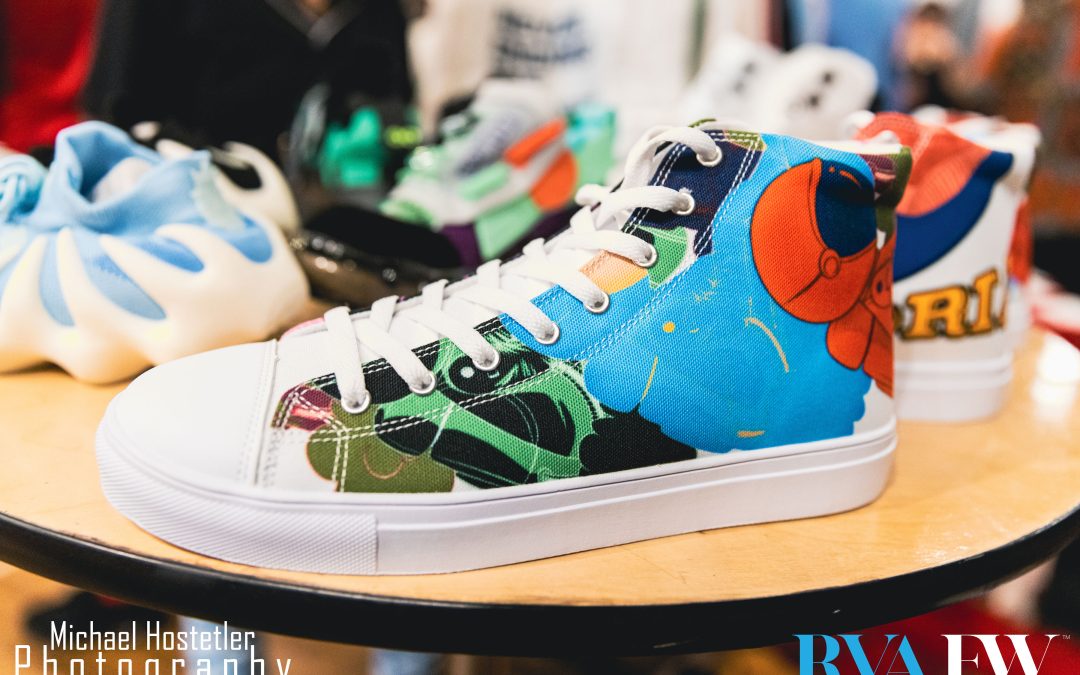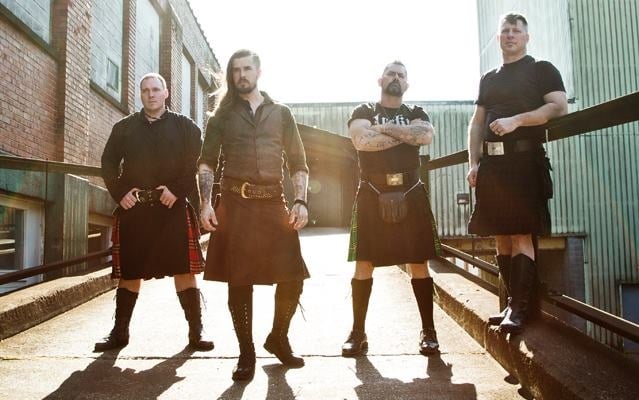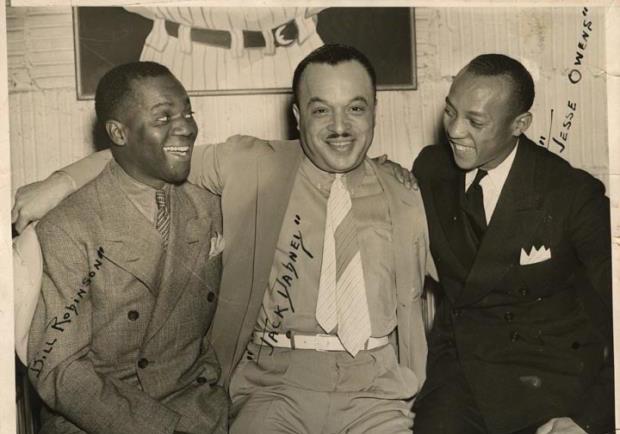ed. note: Pick up the print version around town for FREE or join our patreon and read the web version right now at patreon.com/RVAMag!Photographer: Kimberly Frost @kimberlyfrost Model: Tatianna Jackson @tatitrillzz Wardrobe Stylist: Geraldine Duskin...





